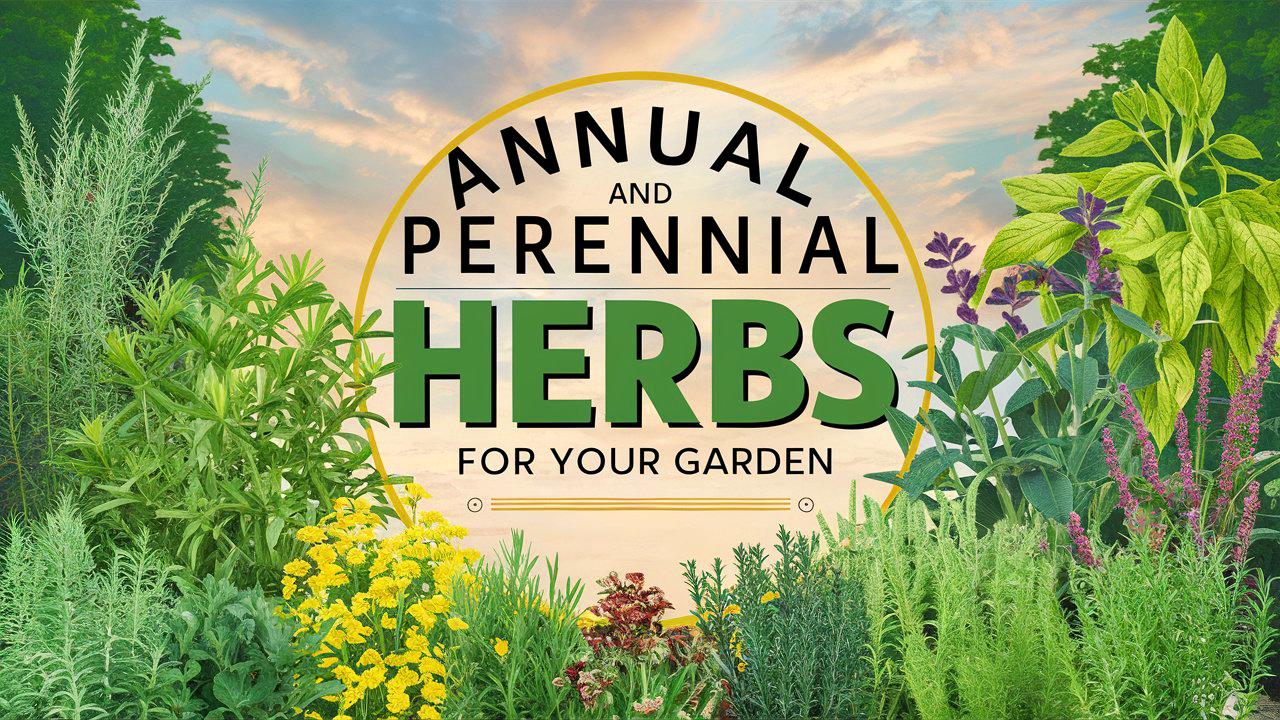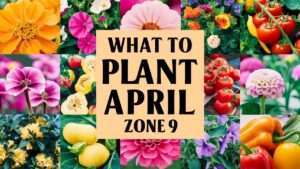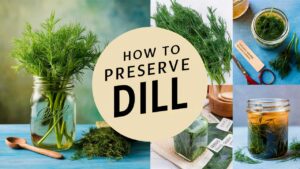Cultivating an herb garden offers endless possibilities for enhancing your meals, crafting homemade remedies, and creating a fragrant green space in your backyard. As you embark on this journey, understanding the differences between annual, perennial, and biennial herbs is essential for success.
In this detailed guide, we delve into specific annual and perennial herbs suitable for beginner gardeners, presenting unique insights into their characteristics, cultivation tips, and culinary uses.
What are Annual Herbs?
Annual herbs are plants that complete their life cycle within a single growing season. They germinate from seeds, grow, flower, produce seeds, and eventually die—all within a year. This rapid growth makes them an appealing choice for beginners looking for quick results. Annual herbs require replanting each spring, allowing for experimentation with different varieties over the years. Below, we explore several popular annual herbs that can thrive in your garden.
Basil
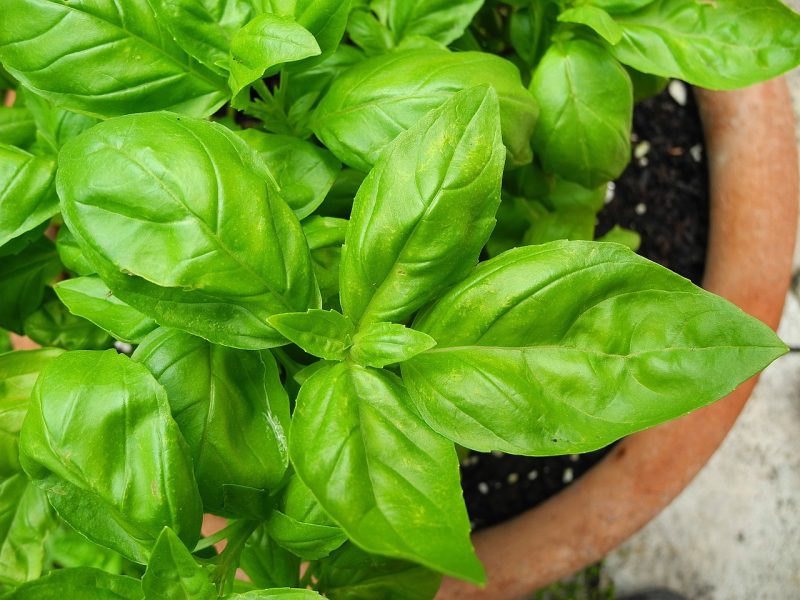
Basil (Ocimum basilicum) is one of the most beloved annual herbs, prized for its aromatic leaves and versatility in the kitchen. It prefers warm weather and grows best when daytime temperatures range from 70 to 90°F (21 to 32°C). Plant basil in a sunny spot with well-drained soil, as it requires at least six hours of sunlight daily.
To grow basil from seeds, sow them indoors about six weeks before the last frost date. Once seedlings develop two sets of leaves, transplant them outdoors, ensuring there’s no risk of frost. Regular pruning encourages bushier growth; pinch off the flower buds to keep the plant focused on leaf production. Basil is a key ingredient in many dishes, including pesto, caprese salad, and pizza, making it a staple in any culinary herb garden.
Cilantro/Coriander
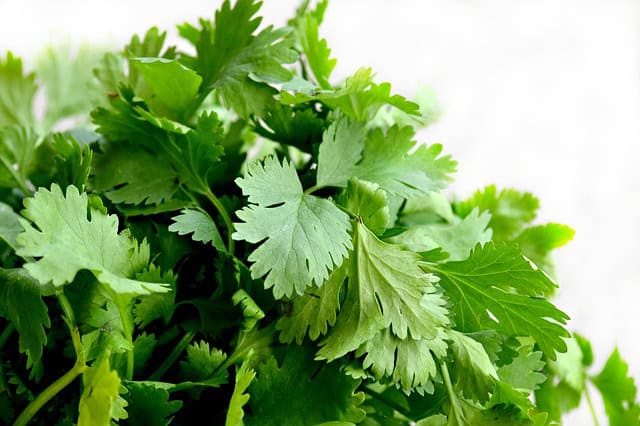
Cilantro (Coriandrum sativum), also known as coriander, boasts a unique flavor that is essential in various cuisines, particularly in Mexican, Chinese, and Indian dishes. This herb grows quickly, making it ideal for beginners. Cilantro prefers cooler temperatures and can be sown directly in the garden about two weeks before the last frost.
For successful growth, choose a location that receives partial shade during the hottest parts of the day. The leaves are harvested when they are approximately 6 inches tall. If allowed to bolt, the plant will produce small white flowers and then seeds, which are known as coriander. These seeds can also be harvested and used as a spice, offering two culinary benefits from a single plant.
Dill
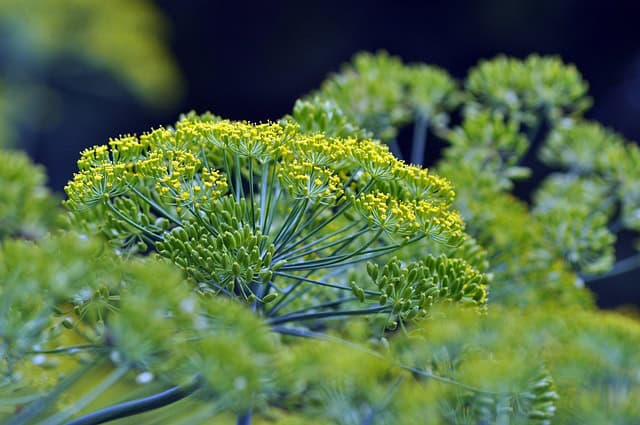
Dill (Anethum graveolens) is a charming annual herb that is easy to grow and adds a refreshing flavor to dishes. It flourishes in well-drained soil with plenty of sunlight, requiring at least six hours of direct sun daily. Dill can be directly seeded outdoors in spring after the frost and will quickly sprout.
As it grows, dill can reach heights of 3 to 4 feet. Its feathery fronds make it visually appealing, while its seeds become an essential ingredient in pickling recipes. Regular harvesting encourages leaf production, while flower blossoms attract beneficial insects, assisting in pest control. Dill complements fish, potatoes, and soups beautifully, making it a versatile addition to many culinary creations.
Chamomile
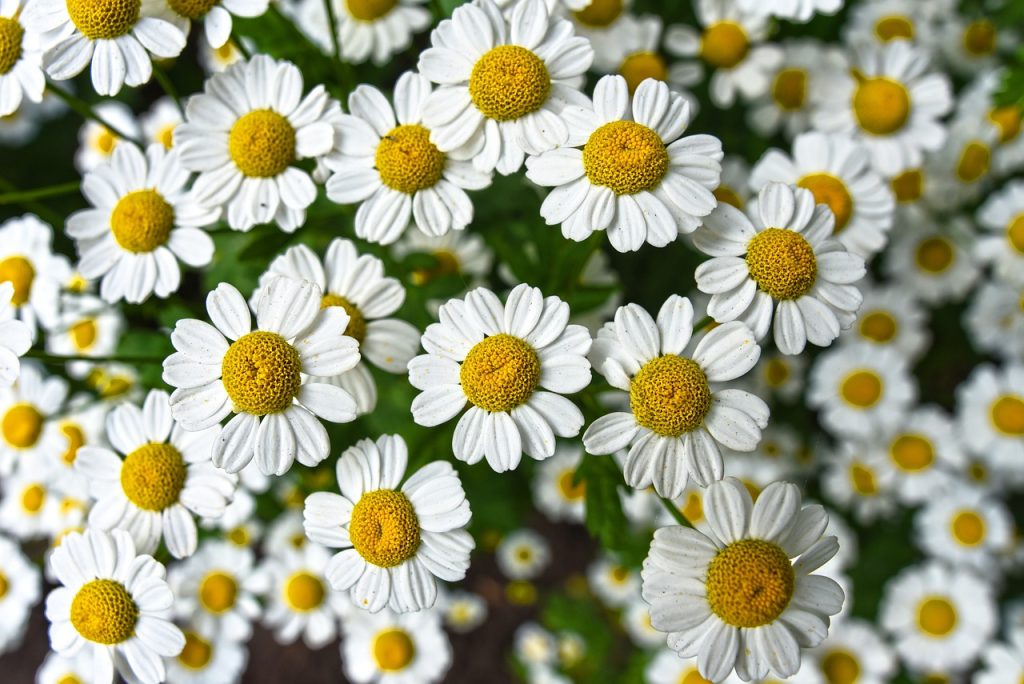
Chamomile, particularly German chamomile (Matricaria chamomilla), is a quaint annual herb celebrated for its calming properties. This herb thrives in full sun and well-drained soil. Start seeds indoors early in the season or sow them directly in the garden once the soil has warmed up. Chamomile typically blooms by mid-summer, boasting daisy-like flowers with white petals and a yellow center.
Harvest chamomile flowers when they are fully opened for use in teas, skin creams, and infused oils. The delicate fragrance and numerous health benefits, including promoting relaxation, make chamomile a delightful addition to any herb garden.
Marjoram
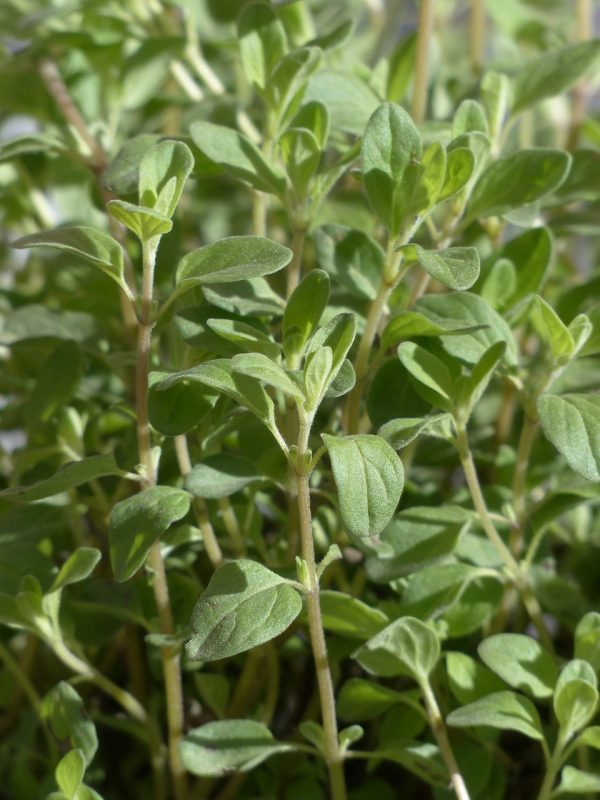
Marjoram (Origanum majorana) is a sweet, aromatic herb often confused with oregano. An annual that grows well in warm climates, marjoram thrives in full sun and prefers slightly drier soil conditions. Sow seeds indoors to get a head start before transplanting them outdoors after the risk of frost has passed.
The leaves can be harvested throughout the growing season, and marjoram adds a gentle, sweet flavor to Mediterranean and Italian dishes, including pasta sauces, soups, and salads. Given its ornamental qualities, marjoram can enhance both culinary and aesthetic aspects of your garden.
Fennel
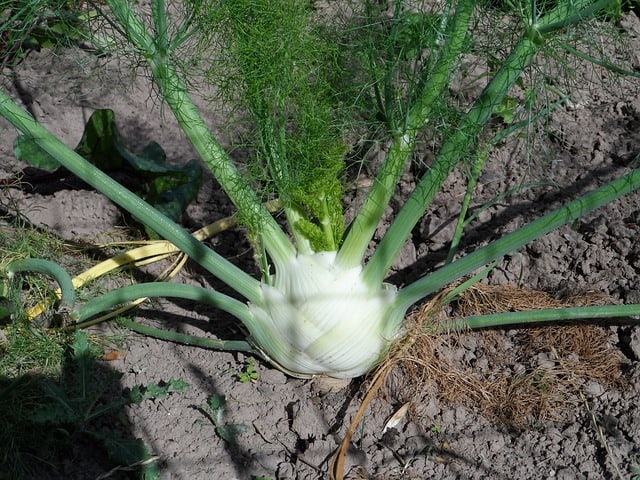
Fennel (Foeniculum vulgare) is a unique annual herb known for its anise-like flavor and bulbous base. It thrives in sunny spots with well-draining soil. Fennel can be direct seeded outdoors or started indoors and transplanted. Young plants grow feathery leaves that can be harvested for flavoring dishes, while the bulb can be harvested for cooking.
Fennel prefers to remain undisturbed once established, as transplanting can stress the plant. It’s commonly used in salads, roasted vegetables, and even as a seasoning. With its tall stature and feathery foliage, fennel serves as a beautiful focal point in any herb garden.
Summer Savory
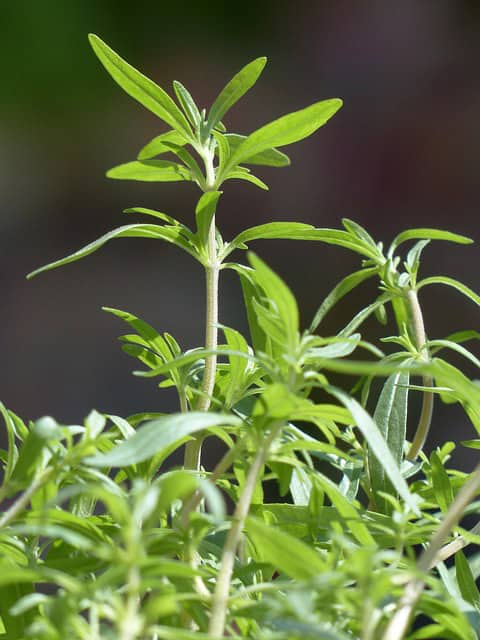
Summer savory (Satureja hortensis) is an annual herb that brings a peppery flavor to your culinary creations. It thrives in full sun and well-drained soil, flourishing in hotter months. This herb can be direct-seeded in the garden post-frost or started indoors.
Summer savory is ideal for seasoning meats, beans, and vegetables, serving as a staple in many European kitchens. Harvest the leaves regularly to encourage growth, and consider drying some for winter use. As a reliable herb, summer savory is a perfect choice for beginner gardeners eager to delve into cooking with fresh herbs.
Chervil
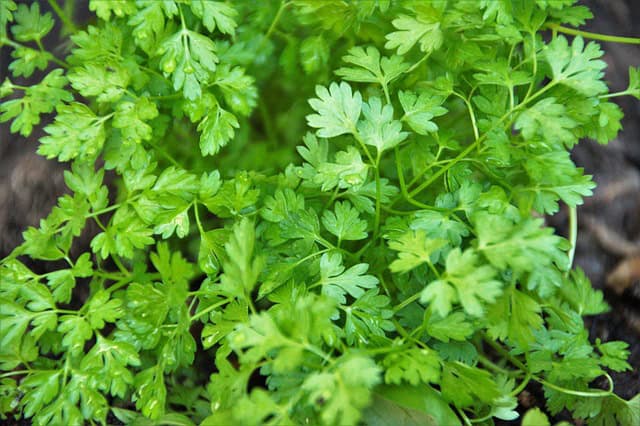
Chervil (Anthriscus cerefolium) is a delicate annual herb resembling parsley but with a gentler flavor. It thrives in cooler temperatures and partial shade, making it an excellent option for spring and fall planting. Like cilantro, chervil can indeed bolt when exposed to excessive heat, so ensure to plant it early in the season.
Chervil is a key ingredient in French cuisine, often used in sauces, soups, and salads. Its mild flavor enhances dishes without overpowering them, making it indispensable for those who appreciate subtler tastes. Because of its growth requirements, it’s best for those who can provide it with the right conditions.
What are Perennial Herbs?
Perennial herbs are plants that live for more than two years, returning with new growth year after year. This longevity allows gardeners to enjoy consistent harvests without the need for annual replanting. Perennial herbs often develop robust root systems, making them more resilient against adverse weather conditions. Here are certain perennial herbs ideal for enriching your herb garden.
Mint
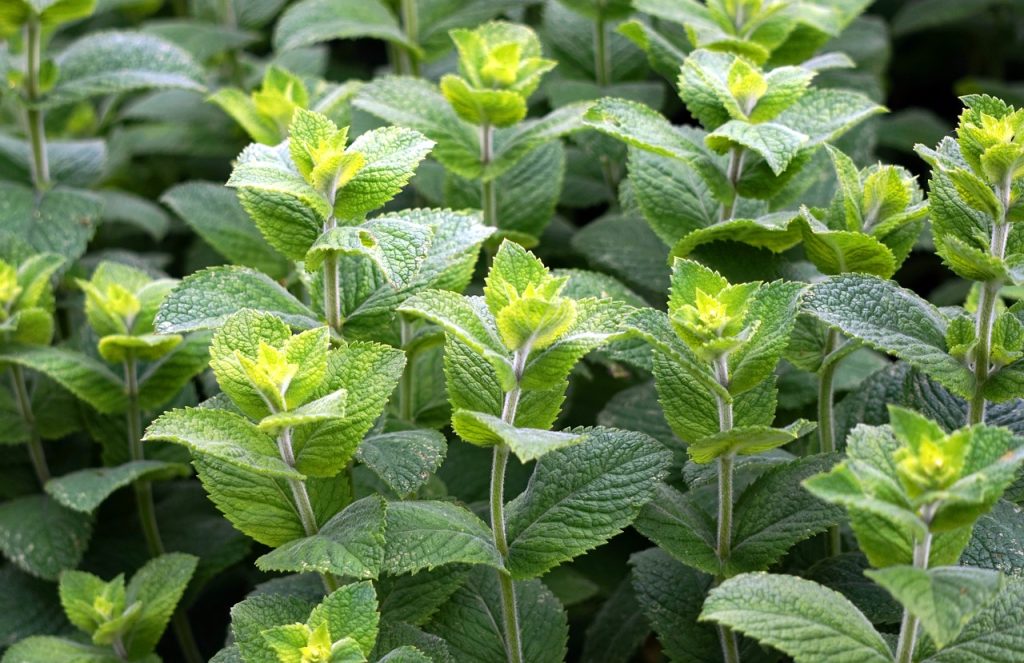
Mint (Mentha spp.) is a vigorous perennial herb that’s known for its refreshing aroma and cooling flavor. It enjoys full sun to partial shade and thrives in moist, well-drained soil. Mint grows rapidly and can become invasive if not controlled, so growing it in pots is often recommended.
The leaves can be harvested throughout the season, and mint enhances both savory and sweet dishes, as well as cocktails and teas. Its attractive flowers also attract pollinators like bees, making mint an excellent choice for organic gardens. Consider experimenting with various types of mint, such as spearmint or peppermint, to discover your favorite flavors.
Oregano
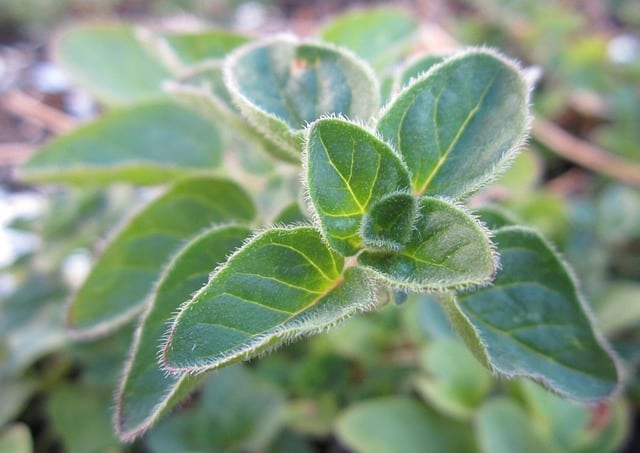
Oregano (Origanum vulgare) is a resilient perennial herb known for its robust flavor commonly associated with Mediterranean cuisine. It prefers full sun and well-drained soil, growing vigorously when provided the right conditions. Oregano is typically easy to care for and can tolerate heat and drought, making it suitable for various climates.
Harvest the leaves regularly to encourage growth, and the plant can be allowed to flower for additional visual appeal. Oregano enhances pizzas, pasta dishes, and marinades, providing essential flavor to countless recipes. Its ease of growth and culinary versatility makes it a preferred choice for beginner gardeners.
Sage
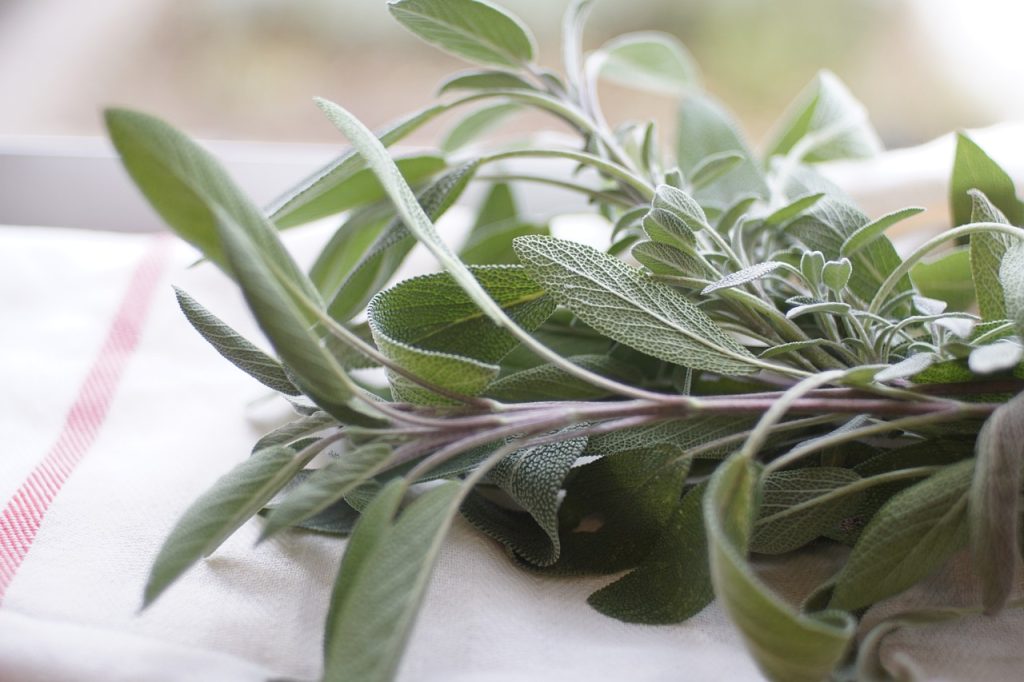
Sage (Salvia officinalis) is a sturdy perennial herb known for its aromatic, gray-green leaves. It thrives in full sun and well-drained soil, producing a compact bushy plant that can reach up to 2 feet in height. Sage is drought-resistant, requiring minimal watering once established.
Harvest the leaves throughout the growing season for fresh use or dry them for seasonal recipes. The strong flavor of sage pairs flawlessly with meats, stuffing, and roasted vegetables. With its beautiful leaves and fragrant aroma, sage is a fantastic addition to any perennial herb garden.
Lemon Balm
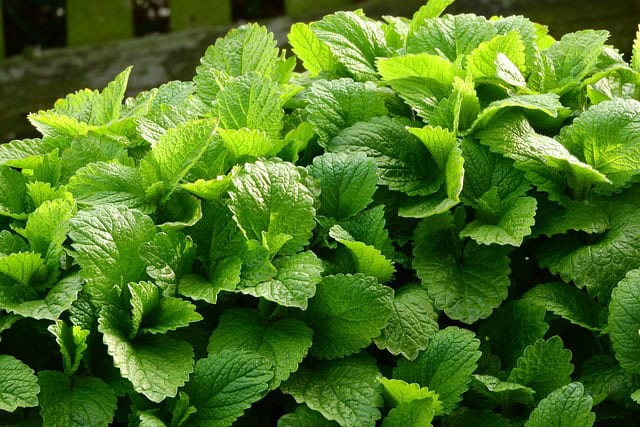
Lemon balm (Melissa officinalis) is a delightful perennial herb famed for its invigorating lemon scent. It prefers full sun to partial shade and can easily adapt to various soil types, thriving best in moist conditions. Lemon balm spreads cheerfully in the garden, so consider planting it in a contained area.
This herb is perfect for infusing flavor into teas, salads, and cocktails. It also deters pests, making it beneficial for organic gardening. Harvest the leaves regularly to stimulate bushier growth, and enjoy its delightful fragrance while cooking.
Rosemary
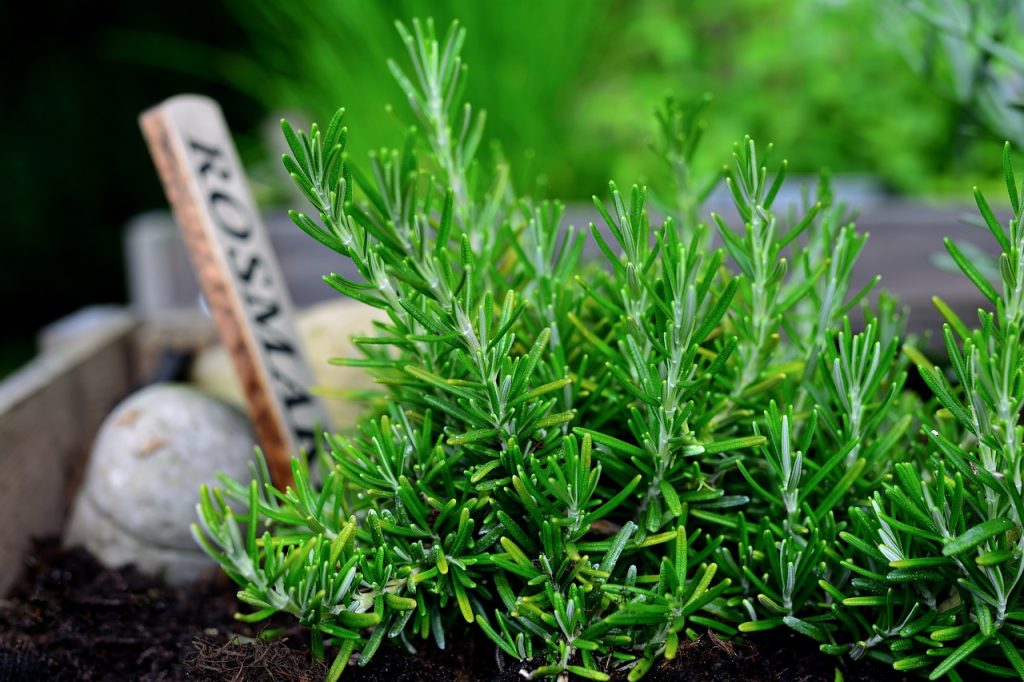
Rosemary (Rosmarinus officinalis) is a prized perennial herb renowned for its aromatic leaves and distinctive flavor. It prefers warm, well-drained soil and thrives in full sun, making it ideal for sunny gardens. Rosemary is drought-tolerant, and once established, it requires minimal watering.
Regular trimming encourages bushy growth, allowing for continual harvesting throughout the growing season. The leaves can enhance various dishes, from roasted meats to bread. Additionally, rosemary’s beautiful blue flowers attract bees, adding more life to your garden while enriching your culinary adventures.
Thyme
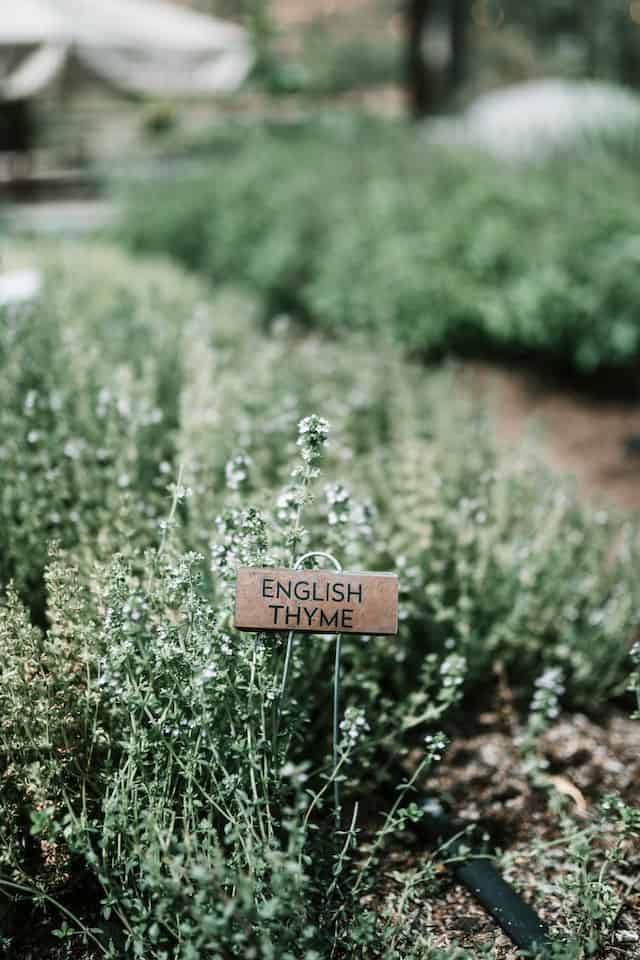
Thyme (Thymus vulgaris) is a versatile perennial herb that grows well in a range of conditions. It thrives in full sun and well-drained soil, making it adaptable and easy to grow. Thyme is drought-resistant, requiring occasional watering, which makes it a low-maintenance option for busy gardeners.
Its aromatic leaves are used in a variety of savory dishes, including stews, soups, and roasted vegetables. Thyme also flourishes as an ornamental plant, offering beautiful flowers in the summer, attracting pollinators. Its resilience and flavorful contributions make thyme an essential herb for any garden.
Tarragon
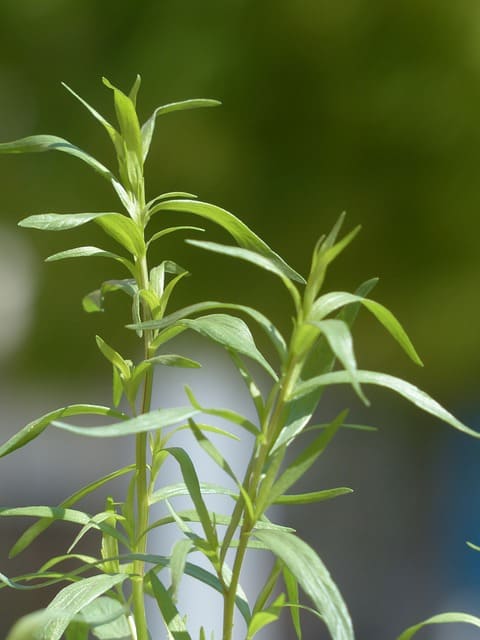
Tarragon (Artemisia dracunculus) is a slightly more specialized perennial herb with a strong flavor profile reminiscent of anise. French tarragon is the most commonly cultivated variety, known for its culinary uses. This herb prefers well-drained, slightly acidic soil and full sun.
Due to its slower growth in the first year, starting from established plants is advisable. Tarragon adds depth to sauces, salads, and dressings, significantly enhancing French cuisine’s authenticity. Its striking appearance and culinary value make tarragon worth the wait.
Lavender
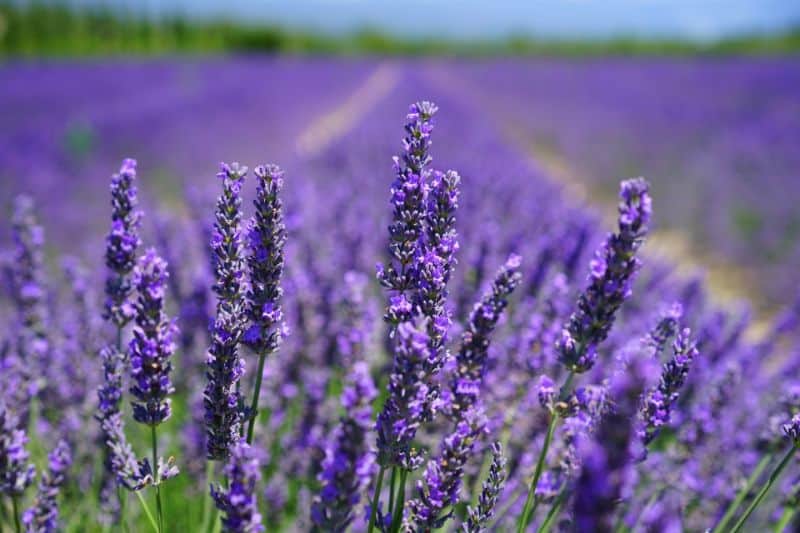
Lavender (Lavandula spp.) is often celebrated for its aromatic flowers and versatility in gardens. This perennial herb thrives in full sun and well-drained soil, preferring dry conditions. Lavender is a drought-tolerant plant that can live for many years with the right care.
Beyond its ornamental value, lavender has culinary applications, including flavoring baked goods or preparing herbal teas. The flowers can be harvested for floral arrangements or used in sachets, which provide a calming scent. Lavender also attracts beneficial insects, making it a beautiful and functional addition to any garden.
Garlic Chives
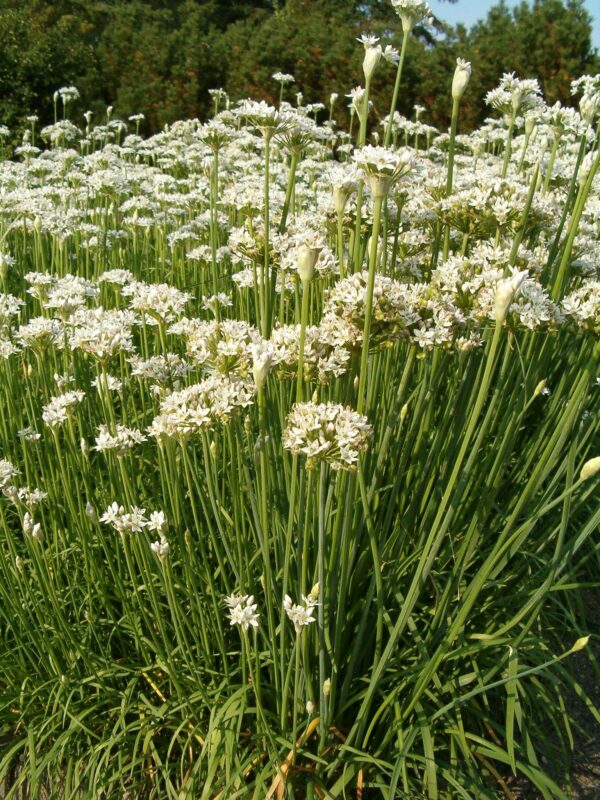
Garlic chives (Allium tuberosum) are perennial herbs that boast a mild garlic flavor. They thrive in full sun to partial shade and adapt well to most soil types. This herb not only provides flavorful green leaves for culinary use but also produces beautiful white flowers that are attractive to pollinators.
Garlic chives can be harvested regularly throughout the growing season, adding delightful flavor to salads, stir-fries, and dips. Their resilience and appealing appearance make them a perfect staple in any budding herbal garden.
Winter Savory
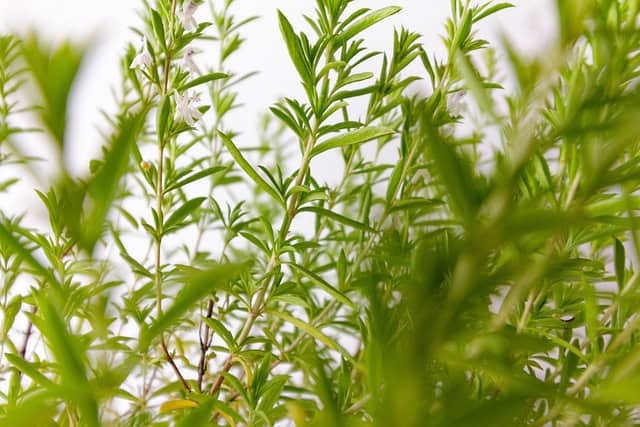
Winter savory (Satureja montana) is a robust perennial herb that offers a peppery flavor, perfect for seasoning meats and hearty dishes. This herb thrives in well-drained soil and full sunlight, demonstrating considerable hardiness during colder months.
Harvest leaves throughout the growing season to encourage bushy growth; the plant will regenerate after cutting. With its straightforward care needs, winter savory is an excellent choice for beginner gardeners interested in enhancing their flavor palette.
What are Biennial Herbs?
Biennial herbs, though less common, are worth considering for their unique contributions to your garden. They complete their life cycle over two growing seasons: during the first year, they establish roots and foliage, while the second year brings flowering and seed production. Biennial herbs can add diversity and resilience to your herb garden. Here, we spotlight popular biennial herbs that would benefit any beginner gardener.
Parsley
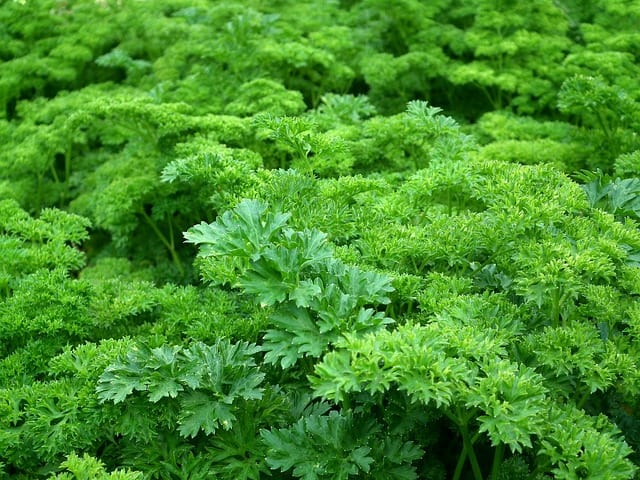
Parsley (Petroselinum crispum) is a widely used biennial herb that is often planted as an annual due to its popularity in cooking. It thrives in moderate climates, preferring well-drained soil and partial shade to full sun. Start seeds indoors 6 to 8 weeks before the last frost or sow them directly outdoors in early spring.
The leaves can be harvested throughout the first growing season, while allowing some plants to flower in the second year provides opportunities to harvest seeds for future crops. Parsley enhances dishes, from salads to soups, and serves as a garnish in many cuisines, making it a staple in herb gardens.
Watercress
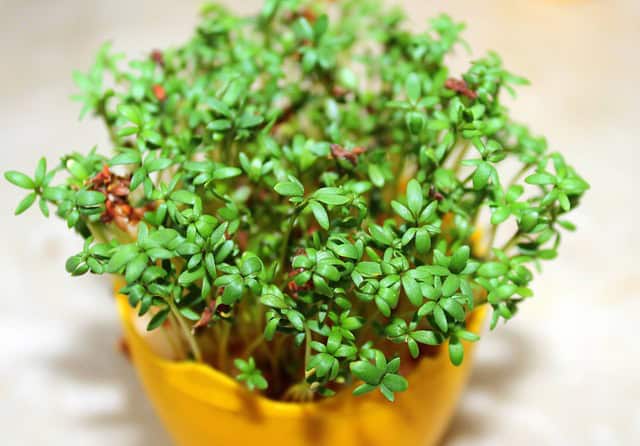
Watercress (Nasturtium officinale) is a unique biennial herb often found in aquatics or moist, shady places. It thrives best under cool conditions, making it easiest to cultivate in spring and fall. Watercress can be grown in containers with water, allowing the roots to absorb nutrients while keeping the leaves above the water line.
Packed with vitamins and antioxidants, watercress is an excellent addition to salads, soups, and smoothies. The refreshing peppery flavor is a delightful surprise for the palate, elevating various dishes and expanding culinary creativity.
Angelica
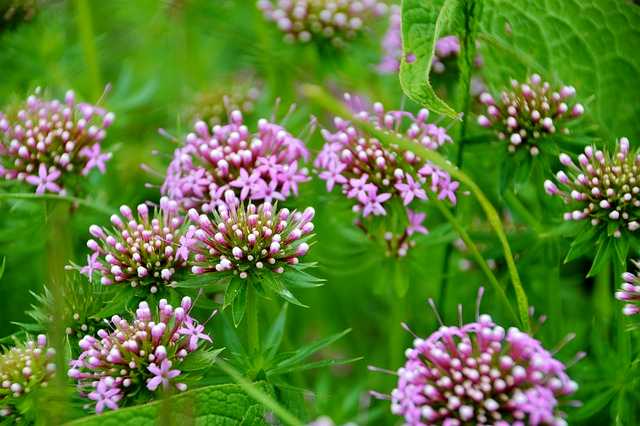
Angelica (Angelica archangelica) is a distinctive biennial herb that can grow exceptionally tall, reaching heights of 5 to 6 feet. This herb prefers to grow in moist, shaded areas such as near ponds or streams. During its first year, angelica establishes roots and foliage; in the second year, it produces tall flower stalks adorned with clusters of small white flowers.
The leaves and stems of angelica can be used in flavoring spirits or desserts, while the seeds are often an ingredient in herbal remedies. Although it requires space to grow, its impressive stature and unique flavor can enhance your garden’s aesthetic appeal.
Caraway
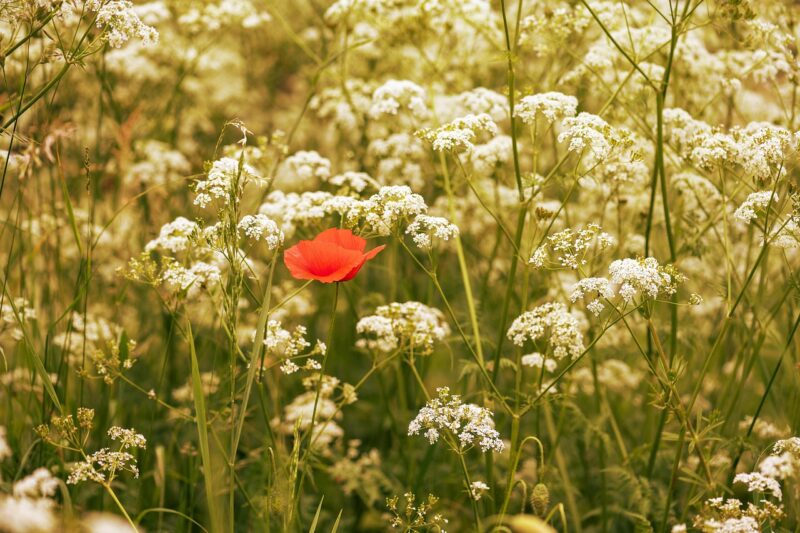
Caraway (Carum carvi) is a biennial herb known for its seeds, which are commonly used in baking and cooking. In the first year, the plant develops a rosette of leaves, while the second year brings flowering spikes. Caraway prefers well-drained soil and full sun, making it relatively easy to grow.
Once flowers bloom, the seeds can be harvested and utilized in rye bread, curries, and pickling recipes. The whipped leaves also provide delicate flavoring options for salads and soups. With caraway in your garden, you’ll have access to unique flavors and culinary options for various dishes.
Clary
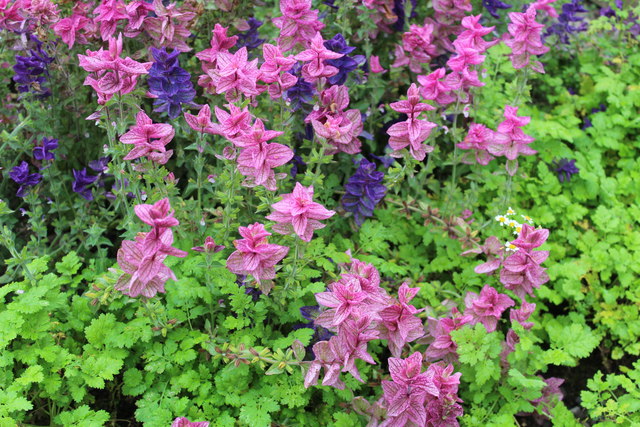
Clary sage (Salvia sclarea) is a biennial herb that brings both beauty and flavor to your garden. Clary prefers sunny conditions and well-drained soil. In the first year, it forms a rosette of soft leaves; by the second year, it proudly sends up tall spikes adorned with colorful flowers.
Often used in herbal teas and culinary concoctions, clary’s distinct flavor distinguishes it from sage. The leaves can be harvested, dried, or used in cooking. Its stunning flowers also attract bees and other pollinators, enriching the ecosystem in your garden.
Stevia
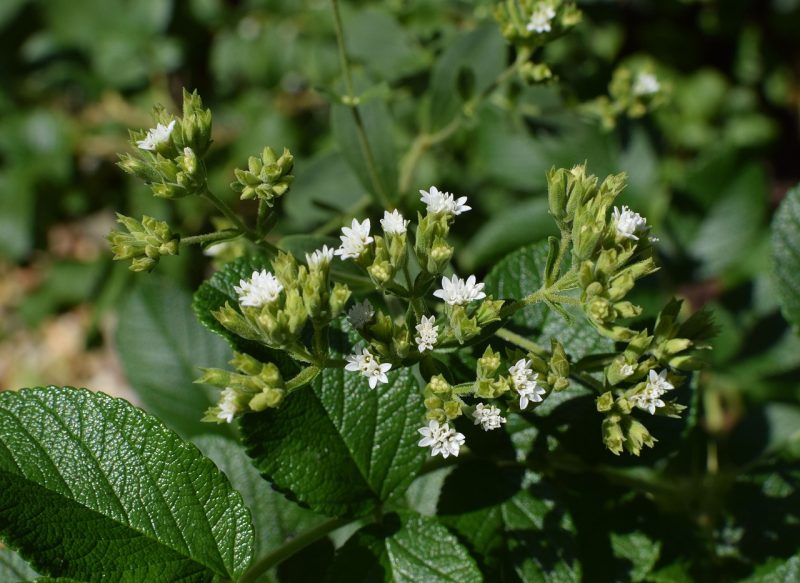
Stevia (Stevia rebaudiana) is a fascinating biennial herb gaining popularity as a natural sweetener. This herb thrives in warm climates, preferring sun and well-drained soil. While stevia can be established as a perennial in some regions, it often is treated as an annual in colder areas.
The leaves contain glycosides that produce a sweet flavor, making stevia an ideal infusion for drinks and desserts without added calories. Although it requires some extra care to ensure healthy growth, the delightfully sweet results can make it rewarding.


